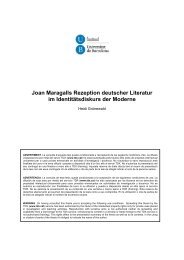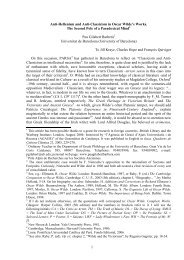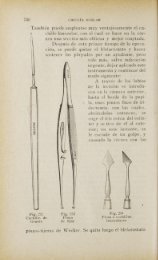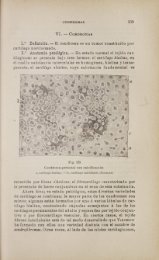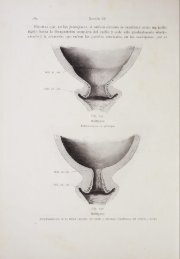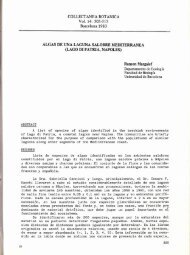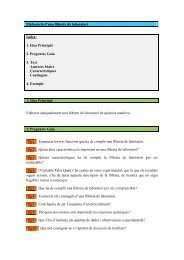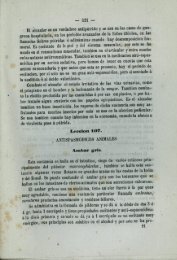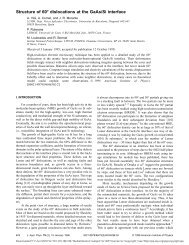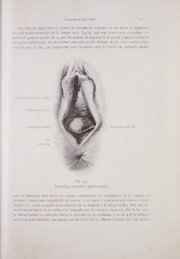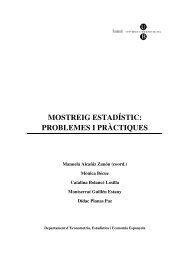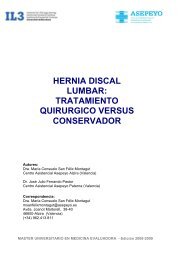The univalent Bloch-Landau constant, harmonic symmetry and ...
The univalent Bloch-Landau constant, harmonic symmetry and ...
The univalent Bloch-Landau constant, harmonic symmetry and ...
You also want an ePaper? Increase the reach of your titles
YUMPU automatically turns print PDFs into web optimized ePapers that Google loves.
<strong>and</strong> write d = |P 2 − P 1 |, where P 1 is as in Section 2. We set θ =<br />
arccos(d/2) <strong>and</strong> set<br />
(3.10) w = P 1 + 1 d e−iθ( P 2 −P 1<br />
)<br />
.<br />
<strong>The</strong>n U w,R has inradius one.<br />
9<br />
C 2<br />
P 2<br />
2e iπ/3 w<br />
θ<br />
C 1 P 1<br />
C 3<br />
1<br />
R<br />
Figure 6. <strong>The</strong> choice of the point w in Proposition 2.<br />
Proof. <strong>The</strong>circleC 1 isthesameasthatshown inFigure2: ithascentre<br />
(c,1),wherec = 1+ √ 2 √ 3−3,hasunitradius<strong>and</strong>istangenttotheslit<br />
[1,R] <strong>and</strong> passes through the tip 2e iπ/3 of the slit above it. <strong>The</strong> circle<br />
C 2 with centre P 2 , as specified in (3.9), <strong>and</strong> of unit radius is tangent<br />
to the circle |z| = R <strong>and</strong> tangent to the halfline of argument π/3. It<br />
is elementary to check that if R ≤ 4.5 then d = |P 2 −P 1 | < 2, so that<br />
these two circles meet, as in Figure 6. <strong>The</strong> position of the intersection<br />
point w can be computed explicitly, which results in (3.10).<br />
LetC 3 bethecircle ofunit radiusthat istangent tothe circle|z| = R<br />
<strong>and</strong> also tangent to the line segment [1,R]. Considering that w lies on<br />
its boundary, the domain U w,R will have inradius 1 if the circle C 3<br />
contains the point w (the position of the <strong>harmonic</strong>ally symmetric arc<br />
through w being irrelevant to this consideration). In fact the circles C 2<br />
<strong>and</strong> C 3 meet at points on the halfline with argument π/6. Thus w lies<br />
inside the circle C 3 if it has argument less than π/6: it is elementary<br />
to check that this is the case if R ≤ 4.5.<br />
□<br />
Proof of <strong>The</strong>orem 1. With the choice R = 4.0546358 in Proposition 2,<br />
it is then the case that U w,R has inradius 1 <strong>and</strong> Proposition 1 can<br />
be used to compute the derivative of the conformal map f of the<br />
unit disk D onto U w,R for which f(0) = 0. This leads to the value<br />
0.65639361315219, correct to 10 decimal places, for this derivative,<br />
which proves <strong>The</strong>orem 1.



